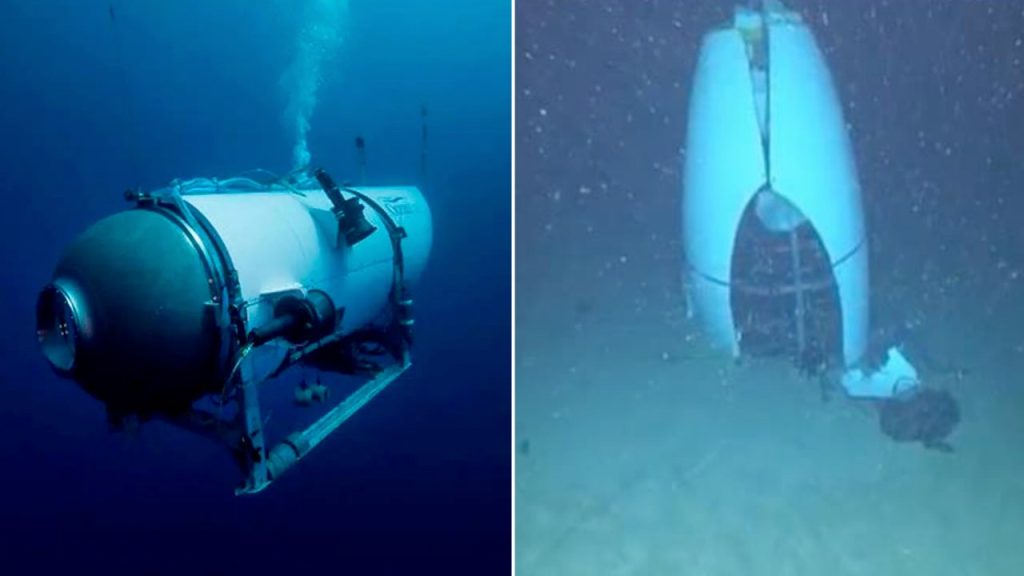The CEO of OceanGate, Stockton Rush, claimed that the carbon fiber hull of the Titan submersible was developed with the help of NASA and aerospace manufacturers. However, an official from NASA stated that the agency had little involvement in the process. Additionally, a Boeing official mentioned that recommendations made by the aerospace manufacturer were ignored. Due to the COVID-19 pandemic, NASA was unable to fulfill its intended role in building and testing the carbon fiber hull for the submersible. Instead, NASA consulted with OceanGate on a one-third scale mock-up of the Titan, not the actual vessel that imploded while descending to the Titanic wreckage on June 18, 2023.
During a hearing with the Coast Guard Marine Board of Investigation (MBI), Justin Jackson, a materials engineer for NASA, shared details about the relationship between NASA and OceanGate. He mentioned that NASA did not endorse the use of its name by Rush’s company due to concerns the language used was too close to endorsement. Boeing was also involved in an initial feasibility study for the Titan, focusing on the use of carbon fiber for the hull and acoustic sensors on the vessel. Mark Negley, a material and process engineer at Boeing, stated that OceanGate disregarded recommendations on hull thickness and carbon fiber layer orientations that would provide the greatest strength.
According to officials from the Coast Guard, the Titan submersible was not independently reviewed before its fateful journey. The vessel’s design was also scrutinized by members of the undersea exploration community. During the MBI hearing, Coast Guard Marine Inspector John Winters testified that Rush had opposed regulations he believed stifled innovation, although he did not attempt to circumvent any Coast Guard regulations. Winters was unaware if OceanGate had notified the Coast Guard about the construction of the Titan or sought guidance from the agency. The ongoing investigation is expected to reveal more details about the circumstances leading up to the Titan’s implosion.
The MBI probe is the highest level of marine casualty investigation conducted by the Coast Guard, and it is expected to provide recommendations for improvement once concluded. The National Transportation Safety Board is also involved in investigating the incident involving the Titan submersible. It was reported that Rush had crashed a different submersible into a shipwreck in 2016 and had at one point thrown a controller at the crew, according to an ex-employee. Witnesses are continuing to testify during the hearing, shedding more light on the events surrounding the Titan’s disastrous journey to the ocean floor. Rush’s response to regulations and safety protocols will likely be further examined as the investigation progresses.
The hearing focused on the lack of proper oversight and documentation regarding the construction and performance of the Titan submersible. Witnesses provided insight into the relationship between OceanGate, NASA, and Boeing, revealing discrepancies in the development and design process of the vessel. Rush’s disregard for recommendations from aerospace manufacturers and the Coast Guard’s lack of involvement in the vessel’s creation raised concerns about safety protocols and regulatory compliance in the underwater exploration industry. The testimony of witnesses, including Coast Guard officials and NASA engineers, shed light on the factors leading to the implosion of the Titan submersible during its descent to explore the Titanic wreckage. Recommendations for improved safety measures and oversight are expected to be made following the conclusion of the investigation.


